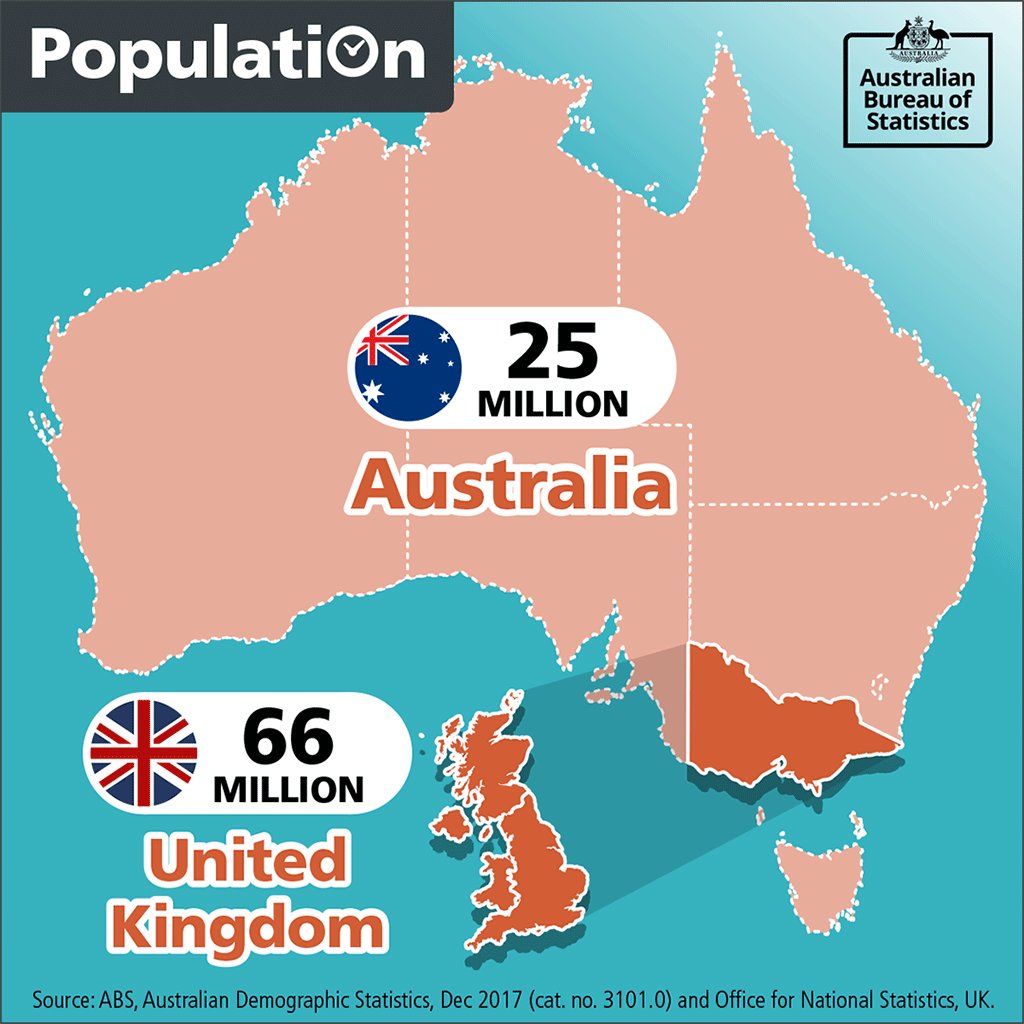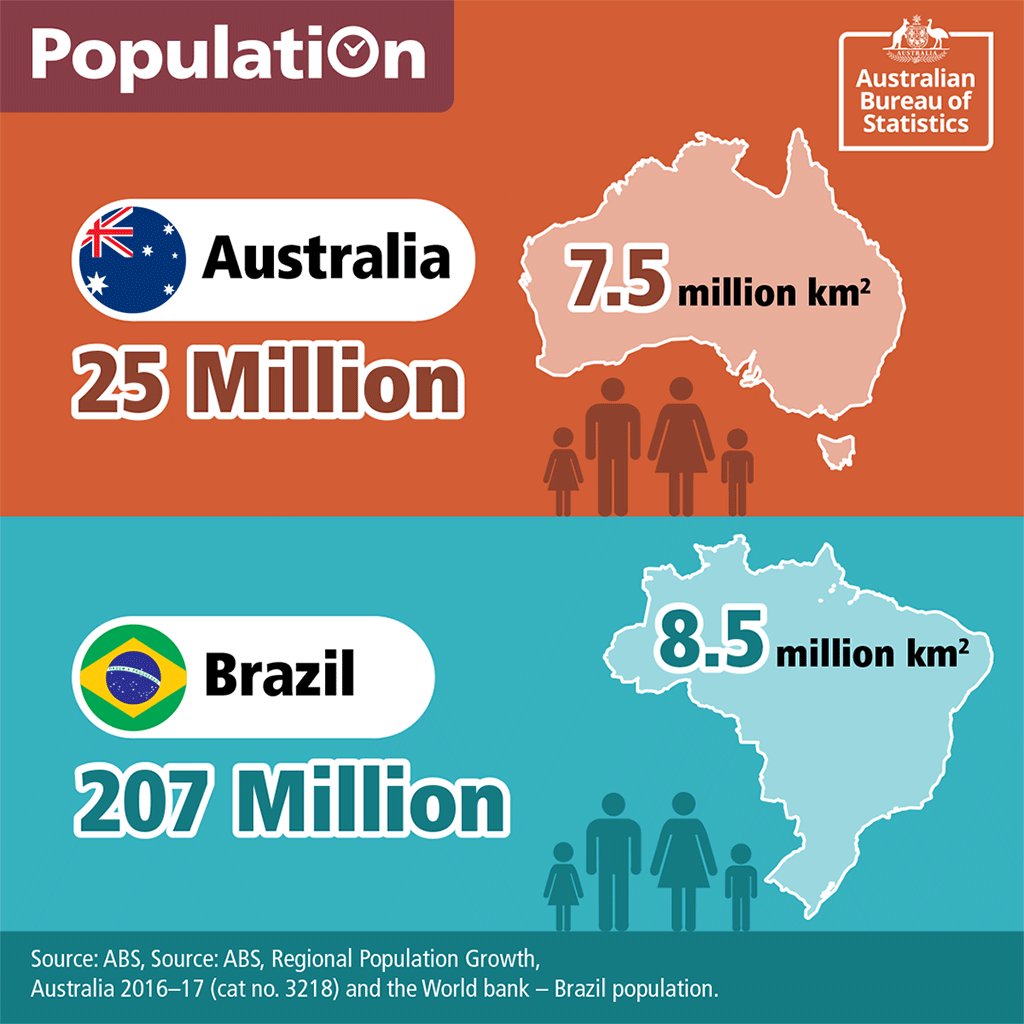sendler2112 said:
I have been trying for a year now to help him understand the relationship between energy/ economy/ population. Which for our purposes of discussion can generally be stated as being around 1:1:1. There is a slight decoupling of energy as we move more into a service economy, and slight efficiency gains are available. ie. in personal transportation (which is only 15% of total energy at most in the most car-centric USA). So eliminating any particular energy source is not just a matter of choice. If the height of this energy graph goes down, the population, or size of the economy must go down. And the population is still set to increase another 30% by 2100 before education of family planning that we are now promoting worldwide will slowly start to cause a reduction in population. The "peak child" born whenever that may be, has to reach 80 and die before the population can begin to drift down. Even at fertility rates of less the 2.
.
If the economy contracts, by even just a few percent/ year, high unemployment in the double digits and defaults occur leaving 30% of the people standing in a soup line with nowhere to live. Worldwide. We have no economic system that can function on less than exponential 2% world growth at the minimum. So, when energy availabilty goes down, which it will within 20-30 years for liquid fuel which is the most useful of all energy, the economy will go down. No amount of long term forecast degradation of the ecosystems or inevitble resource depletion will be enough to cause humans to adopt a completely new social system now. Until it is forced on us by a complete crash.
There are economists who claim that the whole "we need increasing population to keep the economy going" is total rubbish, and that its really just a "Social Justice Warrior" ( https://youtu.be/SUhc3Kv4ieE https://youtu.be/oFrZsGbO6N0 https://youtu.be/EXkqZnq4z-I ) argument to import the 3rd world folks because it makes SJW people feel good about them selfs, these economists point to Japan as an example, arguing that mere GDP numbers don't mean anything and what people should really be looking at his how happy the people of Japan are as a whole. Fact is there are no "lines of poor people waiting for soup etcetera", and everything is just fine in Japan despite a massive decrease in population and the practically brutal refusal to allow immigration into Japan.
Japan record for taking in refugees is something like 1 per year and there are plenty of stories out there that claim some people who have flown to Japan and stated they claim to be a refugee have been beaten by authorities unconscious and put on an aeroplane back to their place of origin.
South Korea is somewhat the same, they are very nice places to live, as Paul Joseph Watson pointed out quite nasty to anyone trying to migrate there and their economies are just fine.
https://youtu.be/Sp_LA2qE4aM
I will include a Bitchute URL as apparently a lot of youtube is banned in euro countries these days because Angela Merkel
doesn't like different opinions.
https://www.bitchute.com/video/Sp_LA2qE4aM/
[youtube]Sp_LA2qE4aM[/youtube]
What these countries most certainly don't do is have expensive energy.
While I am a big believer in putting money/effort into next-generation nuclear especially the Bill Gates TerraPower TWR technology, because its around 3000 times more efficient and uses nuclear waste as fuel, but, apparently if California or Germany had put all their money into nuclear instead of Renewables they would be on 100% co2 free energy now.
Had They Bet On Nuclear, Not Renewables, Germany & California Would Already Have 100% Clean Power
https://www.forbes.com/sites/michaelshellenberger/2018/09/11/had-they-bet-on-nuclear-not-renewables-germany-california-would-already-have-100-clean-power/#4de65bb5e0d4
Had California and Germany invested $680 billion into new nuclear power plants instead of renewables like solar and wind farms, the two would already be generating 100% or more of their electricity from clean (low-emissions) energy sources
When it comes to just too many people on this world overpopulating the land to the point it looks like massive cancer from space, I think Australia holds some records in that area despite it being considered a low population country.
All you have to do is look at it in google sat-view and see any green farmland area and understand that it was originally thick with trees in that area, until it was stripped bare for farming paddocks.
South Australia is a good example here, where you can see all this green square shaped paddocks until it hits the desert, and basically
these green square paddock areas were once ultra thick areas of trees, now all cleared for food production.
South Australia I think is worthy of the words forrest-less compared to China, comparatively, which is an amazing thing when you think about it.
You can look at the most populated states in the world like Hong Kong/China and see they have 100s of times more trees then Australia does.
South Australia https://goo.gl/maps/fJj9TzoyiUo
Even Hong Kong is comparatively covered in trees -> https://goo.gl/maps/iLuxAV3zaGG2

While the Australian government puts out mass population memes
Hillhater said:
https://www.nationalreview.com/2018/09/california-climate-change-policy-hits-poor-residents-hardest/
.......15 Sept: National Review: California Climate Policies Facing Revolt from Civil-Rights Groups
Apparently it was Obama who really caused the largest amount of damage brought on from the GFC because when he was working during his Community groups/law and legislative career ( https://en.wikipedia.org/wiki/Barack_Obama#Law_career ) Obama was working with the most powerful lobbying groups out there to make/force home loans available to people who couldn't really afford them like the now famous NINJA loans ( https://en.wikipedia.org/wiki/No_income,_no_asset#No_income,_no_job,_no_assets_(%22NINJA%22) )
https://youtu.be/8Nbvd3FOLUA?t=11m1s
https://nypost.com/2016/03/12/obama-is-setting-us-up-for-another-housing-crash/
So it was kind of nice timing for him to walk into becoming president after causing the biggest financial problem in history so he could take credit for fixing it.
But powerful lobbying to keep electricity prices down is quite a noble thing to do, unless they do it Australia style and tax the hell out of the struggling low-middle income folks/small business people just to pay the electricity bills of ultimately everyone else, then its just causing an unbalancing effect.






